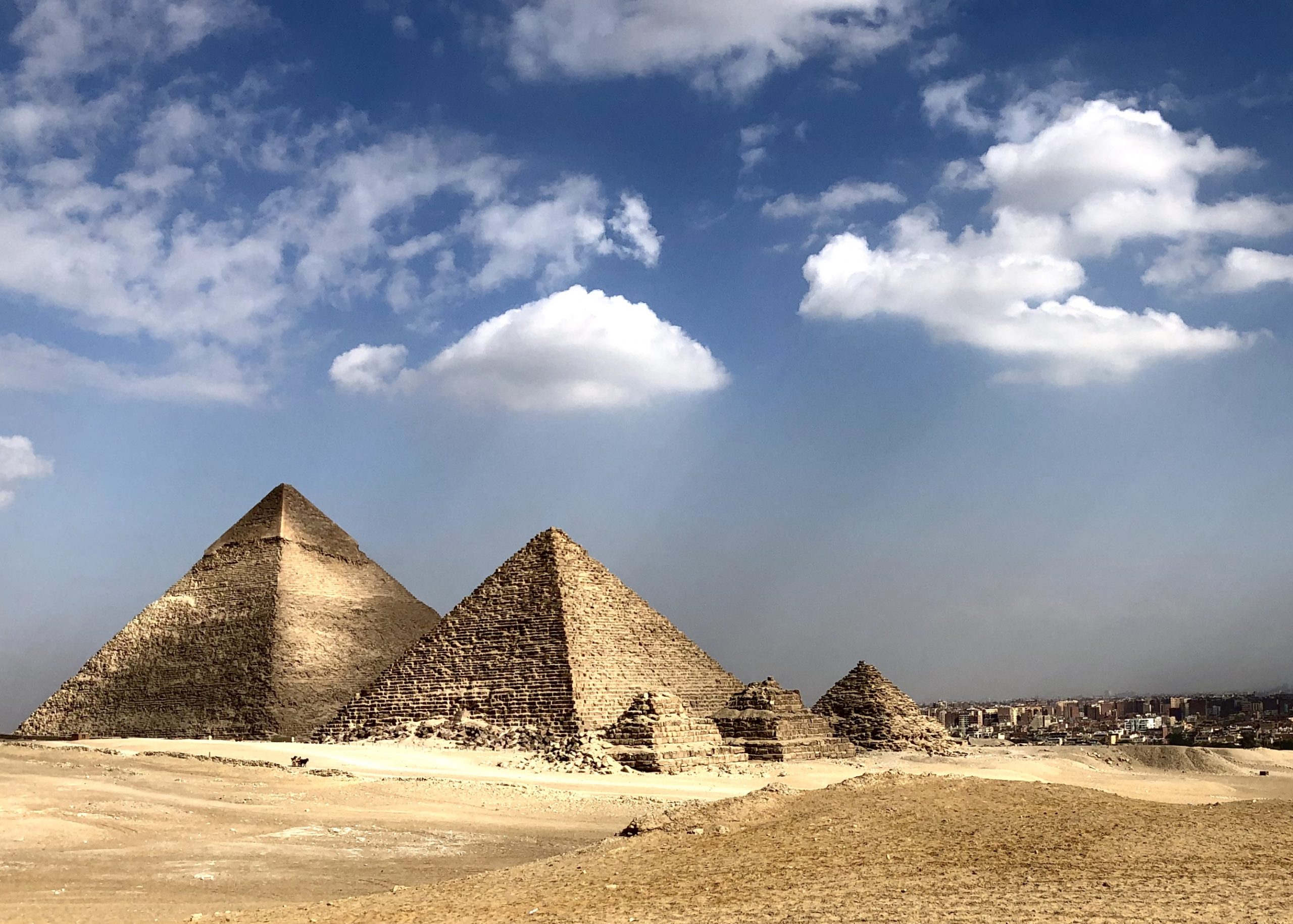Chapter 1 – Introduction to Project Management for Human Resources
1.1. Learning Outcomes
Learning Outcomes
By the end of this chapter, you should be able to:
- Define the characteristics of a project and its relationship to Human Resources.
- Describe Project Management Institute (PMI) purpose
- Examine the history of Project Management
- Compare the difference between traditional and Agile project management.
- Describe how program management differs from project management.
- List the functions of a Project Management Office and Project Portfolio Management.
- Explain the difference between a Project Lifecycle and the PMI Project Processes.
- Explain the three broad categories of projects.

There is no greater example of the art and science of Project Management (PM) than those demonstrated in the building of the Pyramids of Egypt. Since then, builders and engineers have applied specific processes systematically which have evolved into PM. The objective of PM, in general, is to establish and deliver the customer’s goals in an organized and detailed manner. Whether the business is in production, construction, service delivery or Human Resources, the need for planning and carrying out a project requires clearly-defined processes. Today, in every field of work, including Human Resources, PM is an essential practice to achieve project success.
HR in Focus
Many activities in Human Resources require planning. Examples include: attracting and retaining new employees, completing an onboarding program, designing and facilitating training and development, completing performance reviews/appraisals, and reviewing employee benefits. Just like Human Resources processes and procedures follow protocols; project management uses conventional processes and procedures to improve the success of short and long-term Human Resources objectives.
Human Resources employees have become more involved with organizations at a strategic level, and with strategic projects. While the general management function may include many tasks, PM is specifically oriented towards processes and requires a specific set of tools and skills. When PM is performed correctly, organizations gain greatly. Project management can reduce risk and improve the likelihood of success. It approaches HR tasks in an organized, detailed, and accountable way. Even when organizations have limited resources and a small chance of success, Human Resources experts with project management skills can help in leading through recessions and economic uncertainty, and ensure future strategic goals are met. Therefore, performing project management requires dedicated Human Resources individuals with good discipline who understand the processes, and are able to follow through to completion. Good HR project managers and their teams keep the project on track and ensure the alignment of project objectives within the strategic objectives of the organization.
Many HR strategic projects involve several departments and collaborative teams. HR experts are often asked to work with projects that impact the entire organization’s culture and employees. Also, they may be included to help other project teams related to communication, recruiting members for the project, developing training for the team, and helping the team evaluate the project and its members. For example, if the marketing team is developing a marketing strategy for a new product, HR may provide training in the product uses.
The role HR plays in project management is critical. The starting point in discussing how projects should be properly managed is to first understand what a project is and, just as importantly, what it is not.

